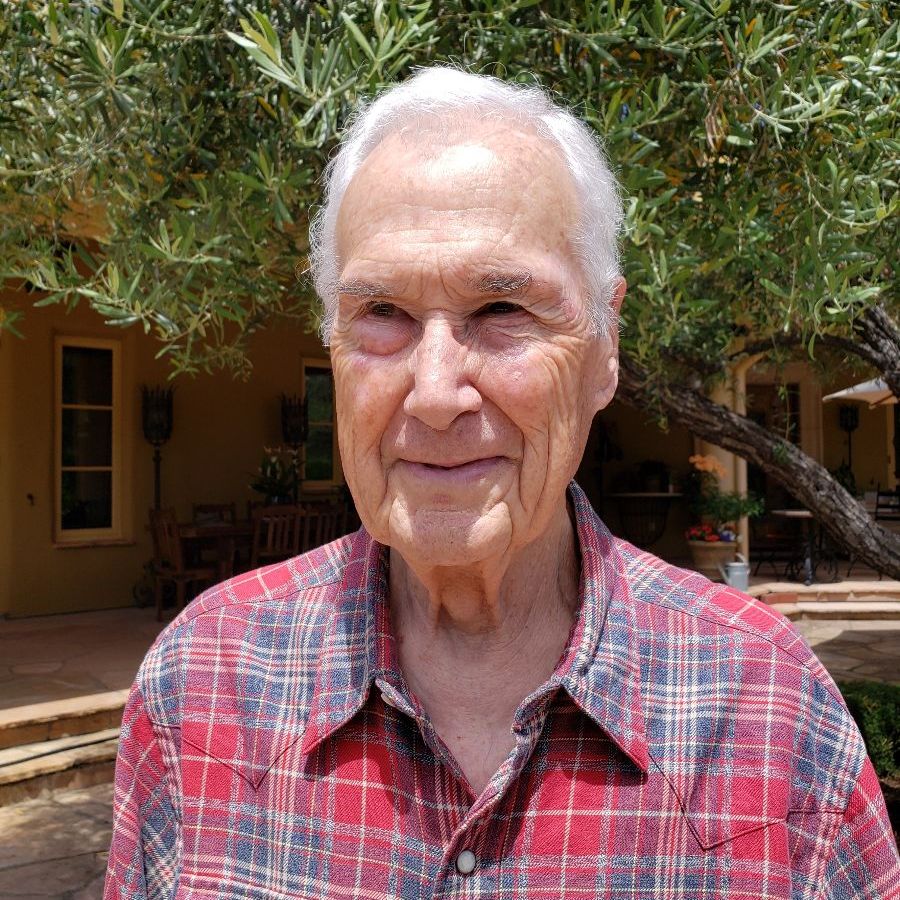George Caloyannidis is a former board member of Napa Vision 2050 and author of the successful Measure D which stopped private heliports in our county. In this letter, he addresses the fire danger of continuing to permit wineries in remotely accessed areas, calling the County’s continuing to do so, knowing the risks, immoral.
We are approaching an ever-growing premature fire season which has become a progressive reality.
Scientists all over the world have compiled data that shows that 84% of wildfires are caused by human activity. These findings have been published in the Smithsonian Institute and USA TODAY as well as other publications. In Australia, as reported by the Sydney Herald, it is 87%. This includes 11% of fires caused by equipment such as weed cutters, cars, tractors, and trucks.
Researchers at the University of Colorado estimate that man-made fires have tripled the average fire season over the past 21 years from 46 days to 154 days. This is exactly how long I have lived in my home in a fire-prone area. And while a 46-day risk was acceptable, 154 days is nightmarish, especially when I realize that much can be done to minimize the danger but is not.
And let us not ignore the hard lessons from our recent past: Fires originating in our forested hillsides quickly spread to urban communities. No one is spared no matter where they live.
The one entity which follows the scientific findings is the fire insurance industry which hedges its exposure with surging policy cancellations. At the same time, replacement policies mitigate the increased risks with exorbitant premiums.
Of course, we all know that the entire earth’s population is responsible for this shift in our climate. Action at this level is extremely difficult. However, if we look at the individual causes of human activity in the way fires start in the first place, there is a lot we can do to minimize the way they originate.
Arson triggers 29% of fires against about which there is little we can do, but limiting the amount of human activity and its use of equipment in our fire-prone areas is the single option available to us to reduce the risk. Who is “us”?
“Us”, are our local jurisdictions that can implement fire-wise land-use policies that limit commercial development which attracts traffic, visitors, and equipment in at-risk areas and specific conditions which increase the danger.
While the insurance industry has acted by embracing scientific findings, Napa County has been oblivious to them by approving more and more projects in the fire-prone areas and thus exposing entire communities to ever-increasing fire danger.
To add insult to injury, such county land-use policies not only add to the likelihood of starting fires but they also make it increasingly difficult for heavy fire-fighting equipment to access fires at the same time as hundreds of residents are in panic evacuations, racing to save their lives. These projects are being approved on substandard, narrow and twisting hillside roads, mile-long driveways with no public secondary escape routes, and on exceedingly long public dead ends. Most disturbing, they come with the blessings of our Fire Marshall.
The County did not even consider this issue important enough to have placed it on the agenda of the recent joint meeting of the Planning Commission and the Board of Supervisors.
In approving ever-increasing commercial activity in fire-prone areas absent the proper infrastructure, the County is aiding and abetting commercial activity while oblivious to science. Such behavior is patently irresponsible.
In the certainty that the County is acutely aware of the risks to which it is exposing our communities, I do not hesitate to call it immoral.

